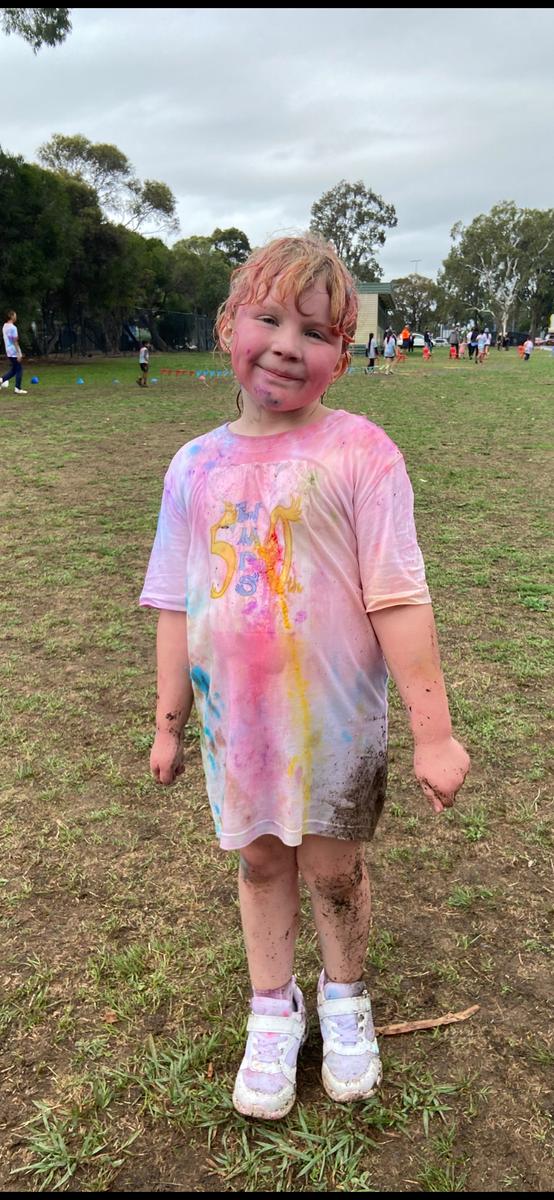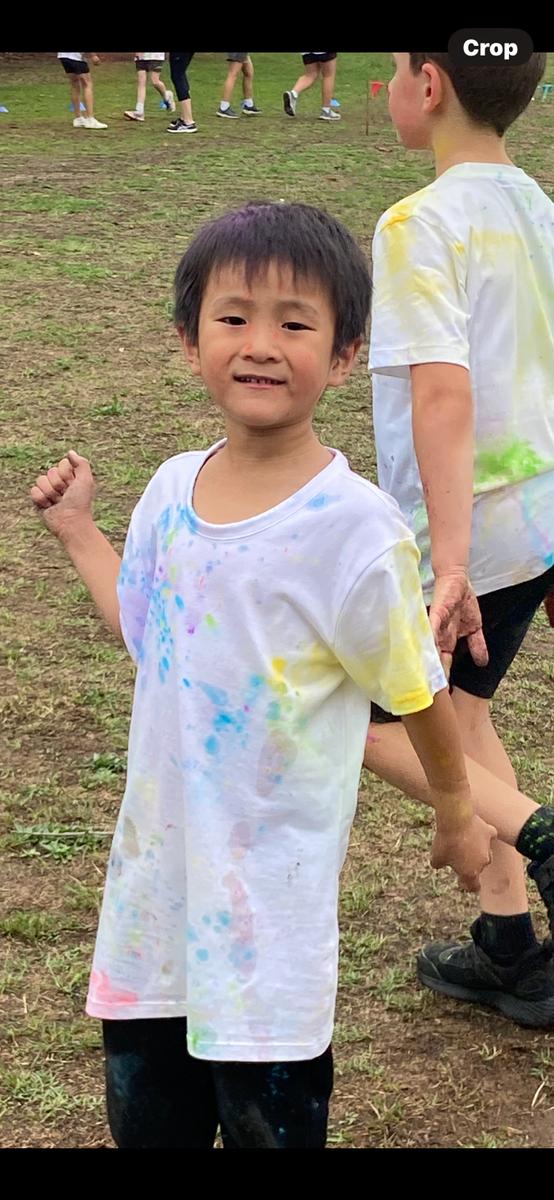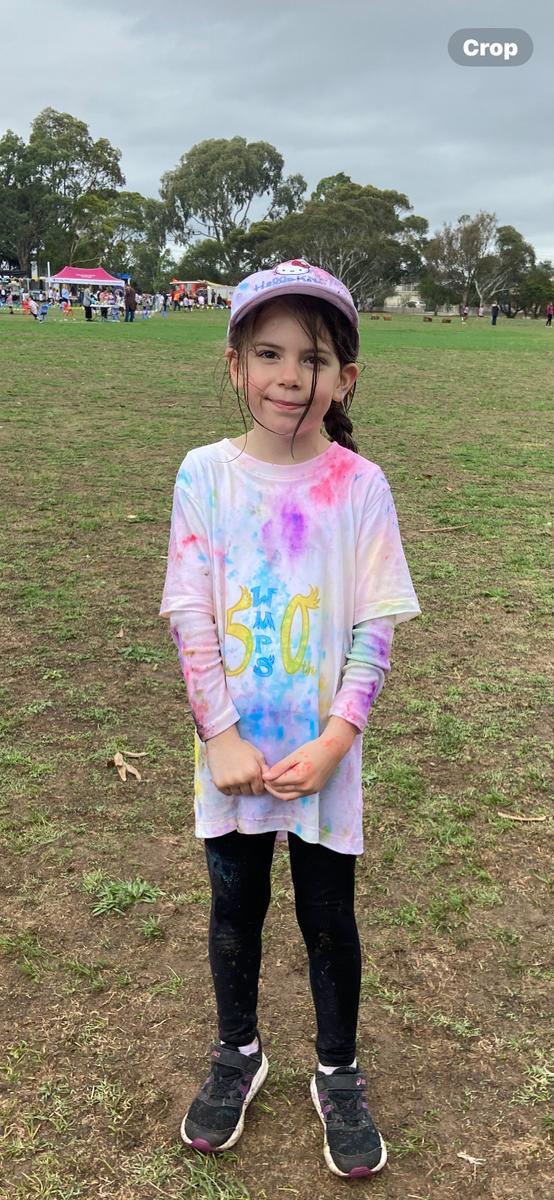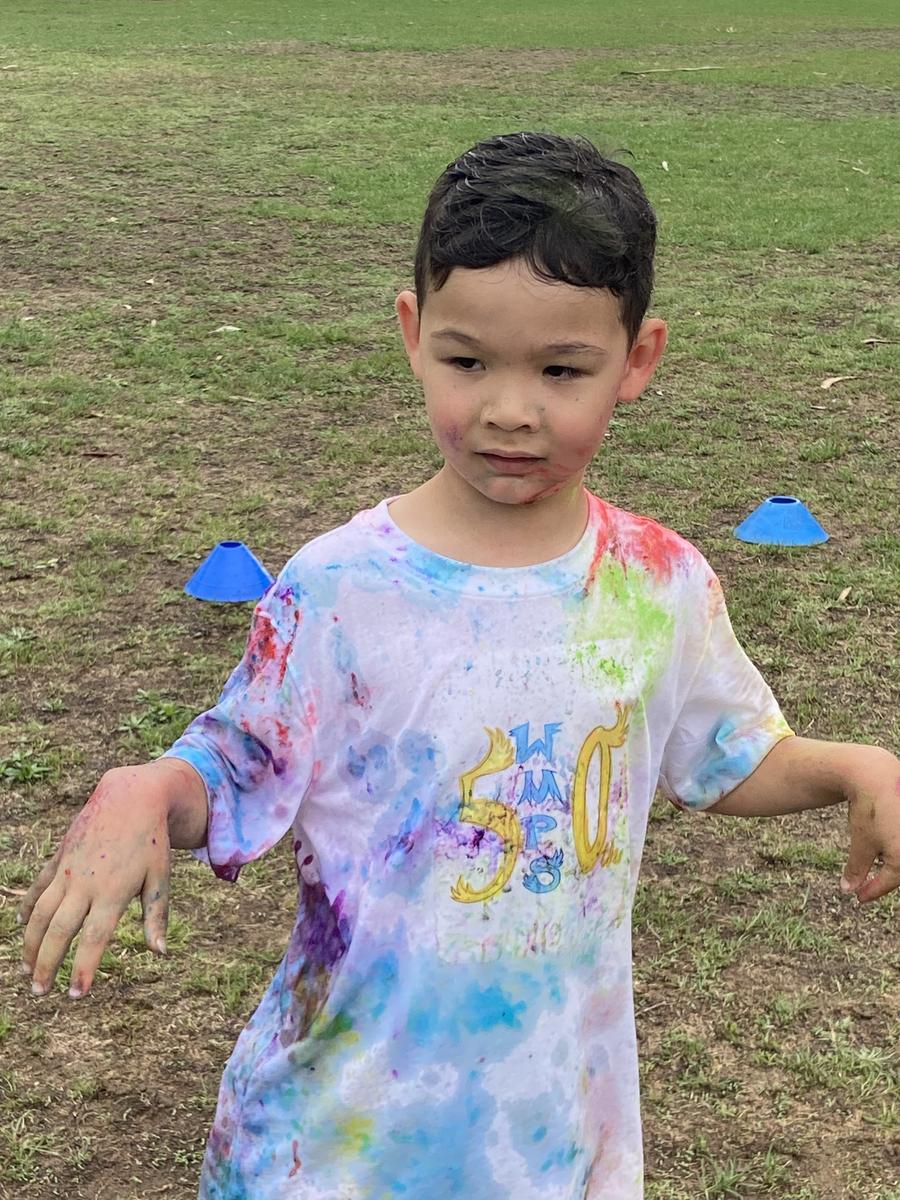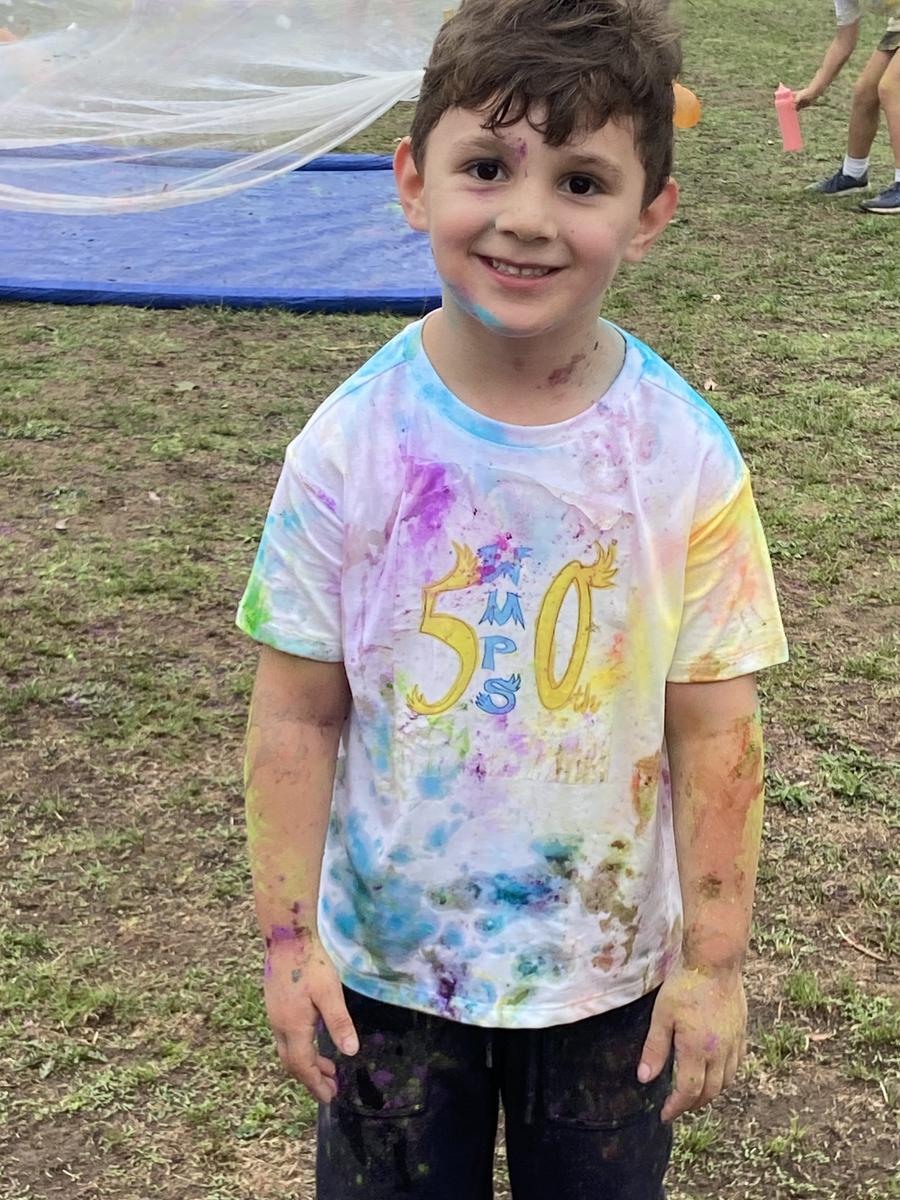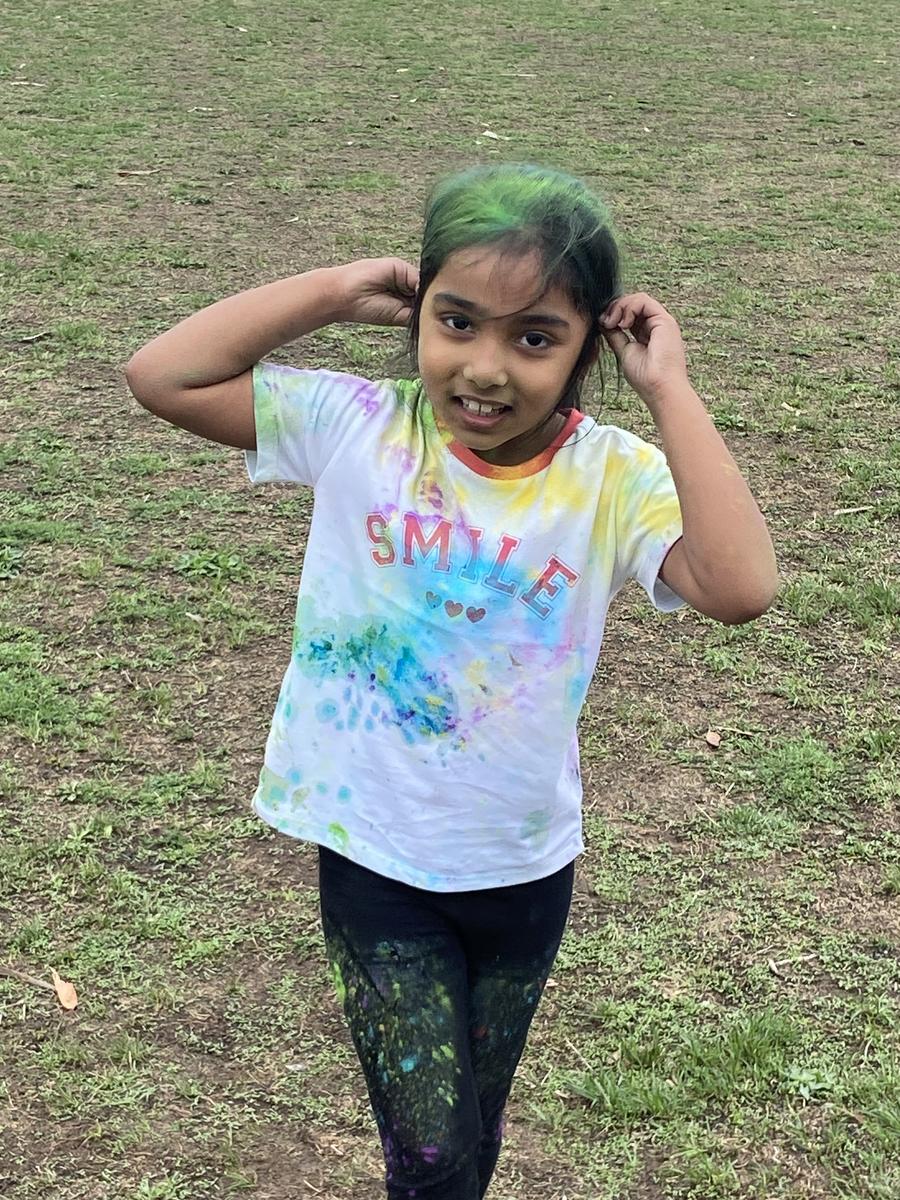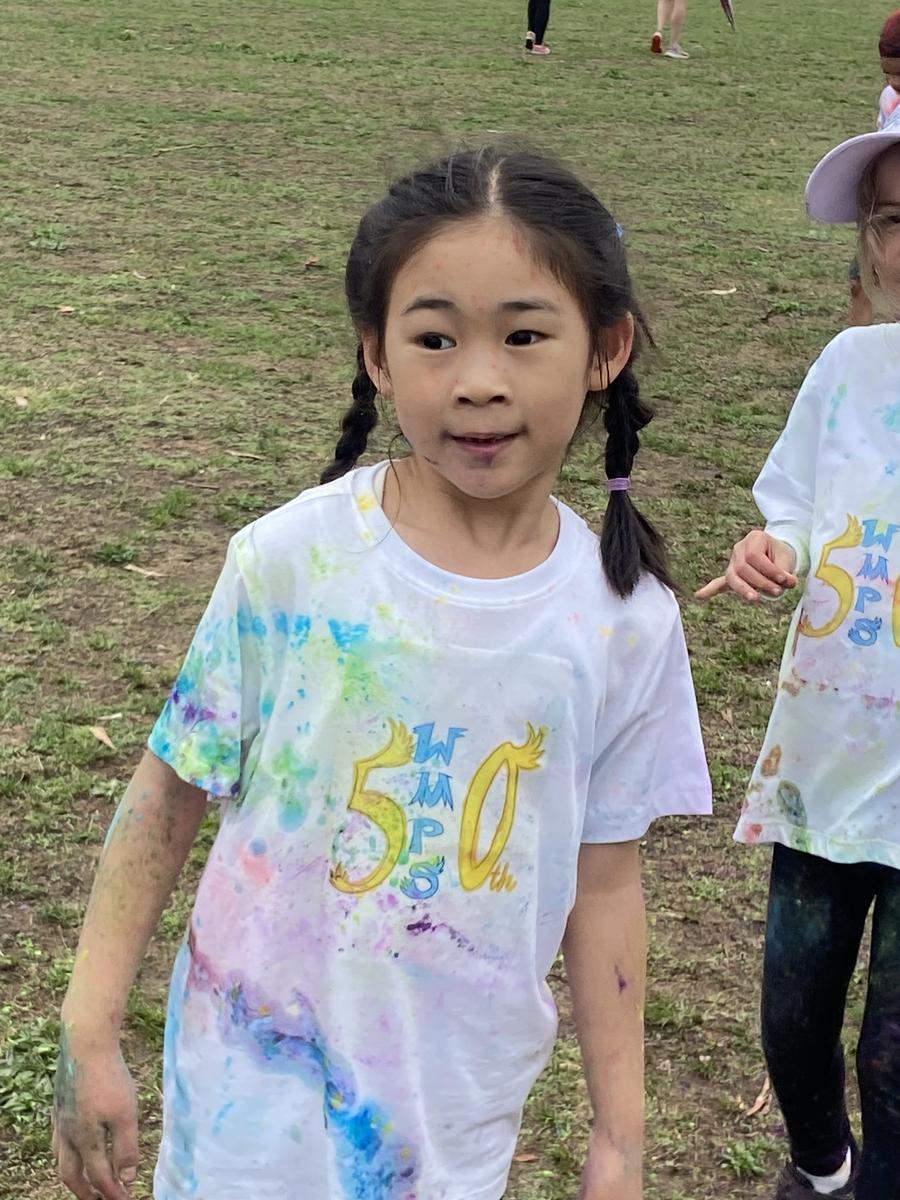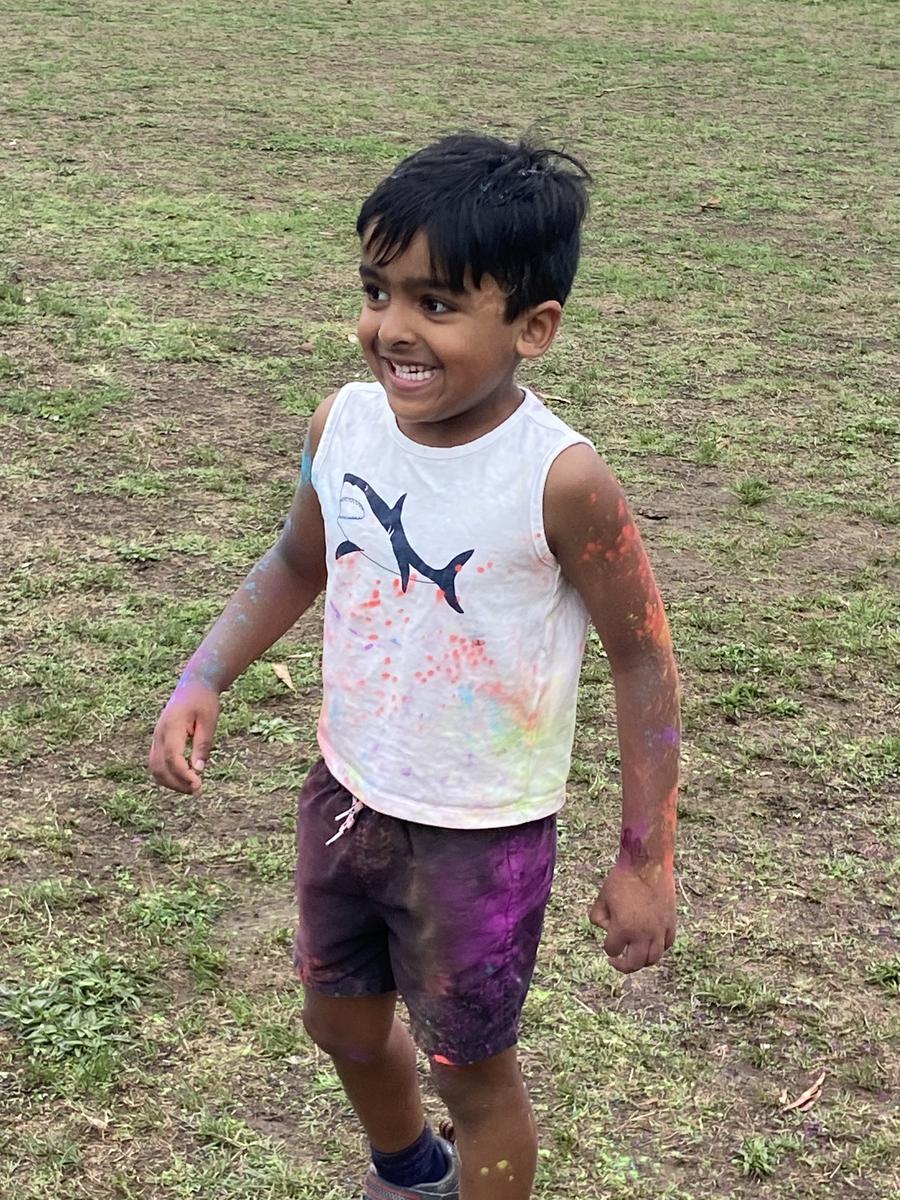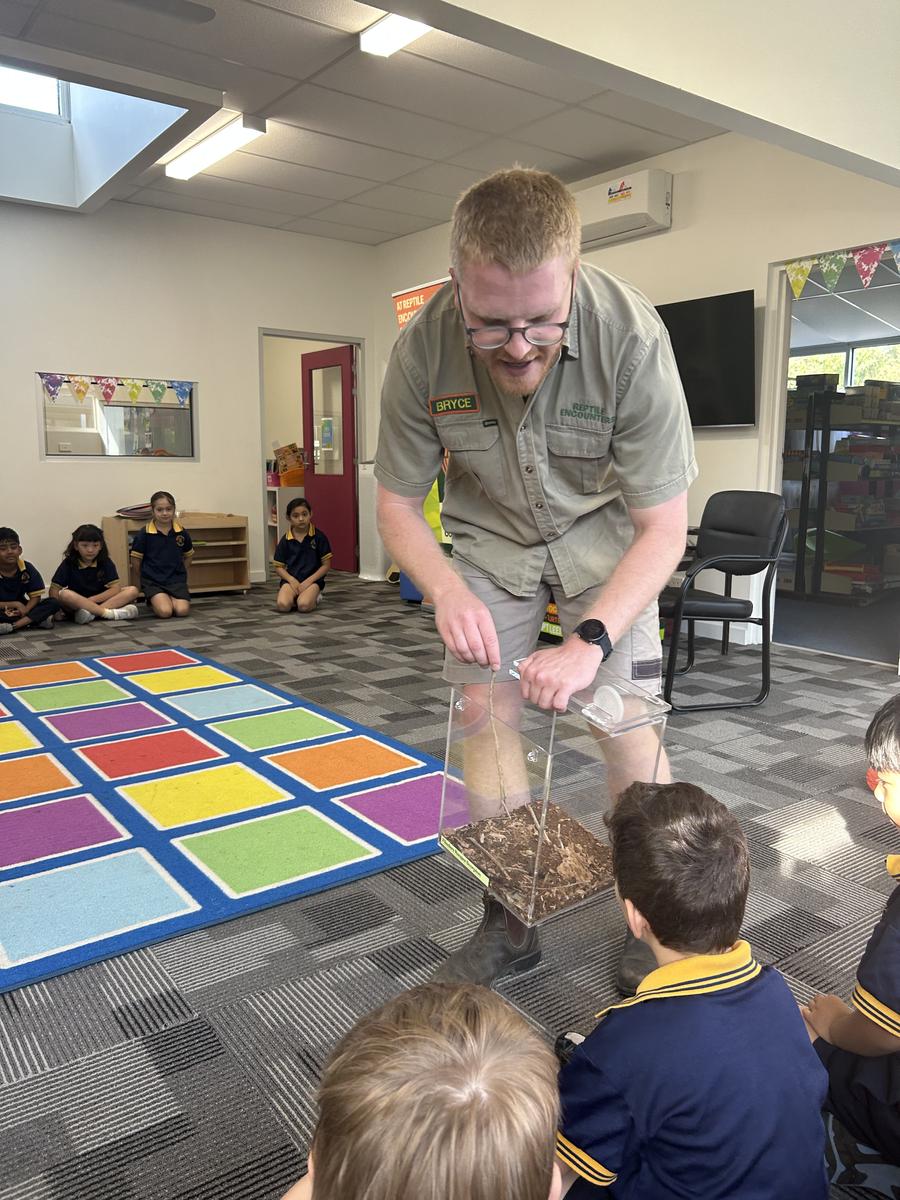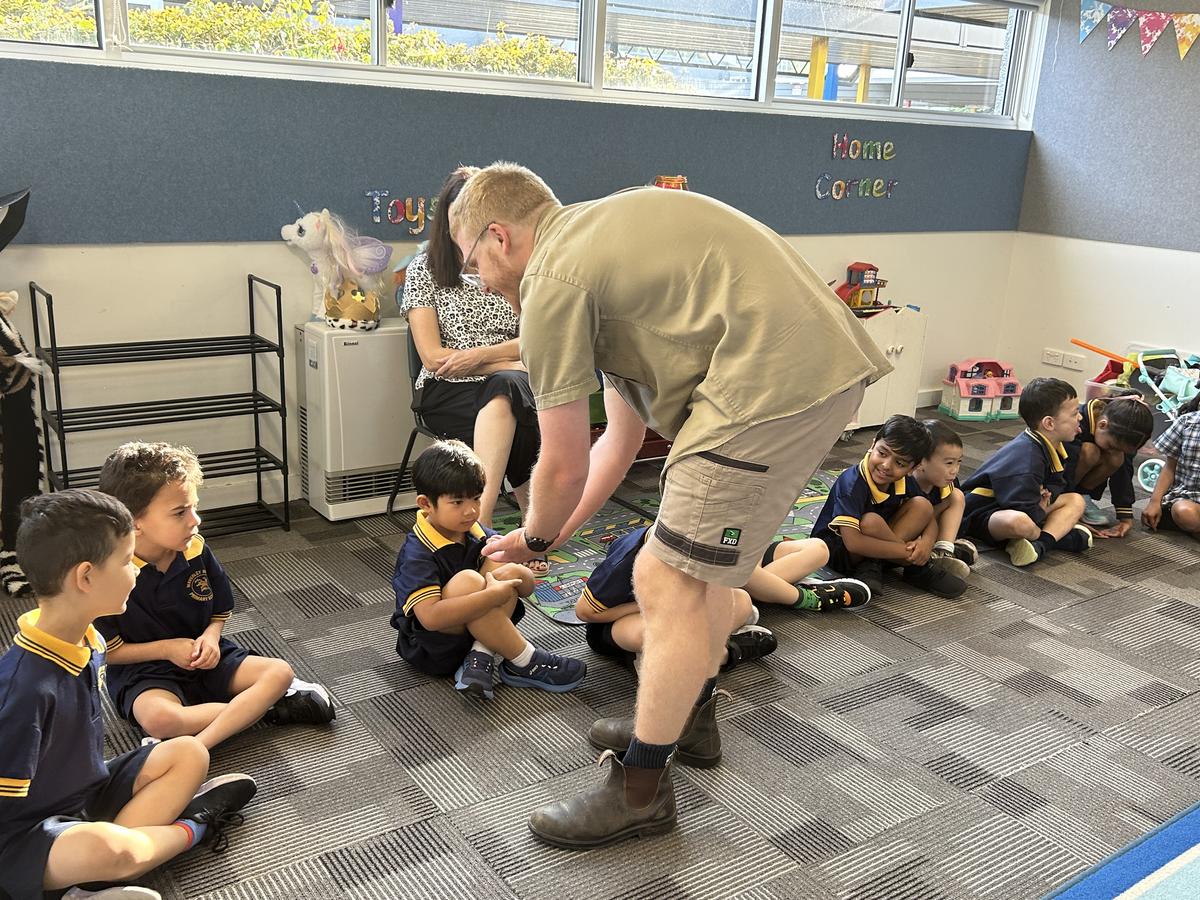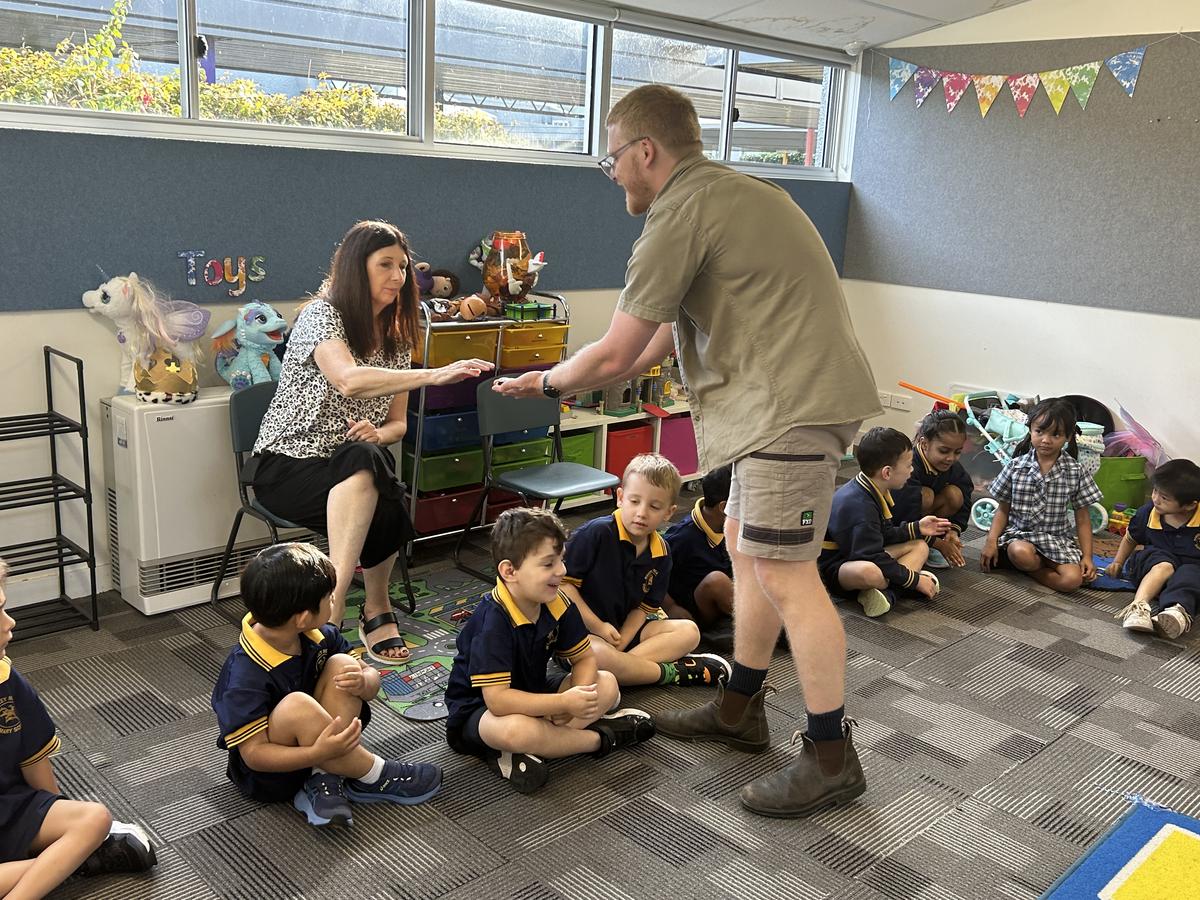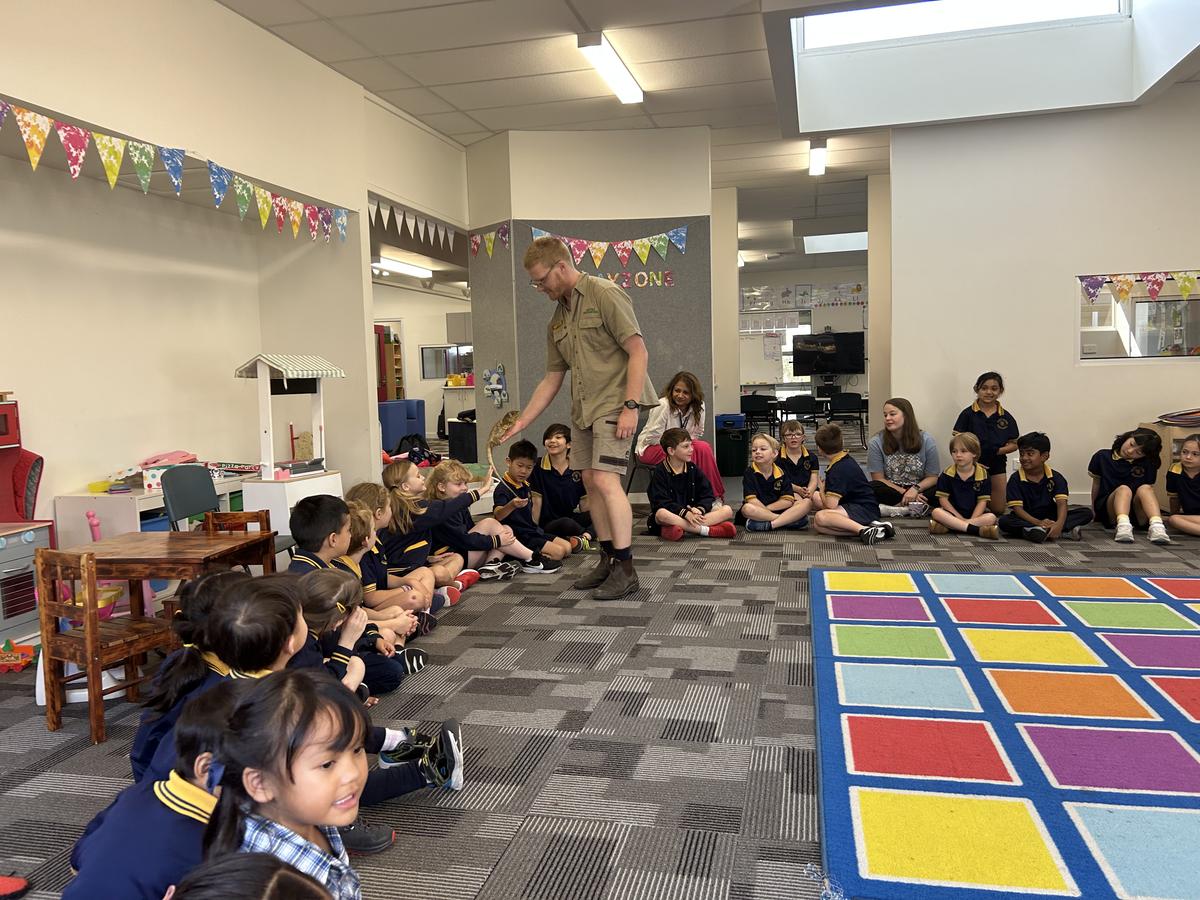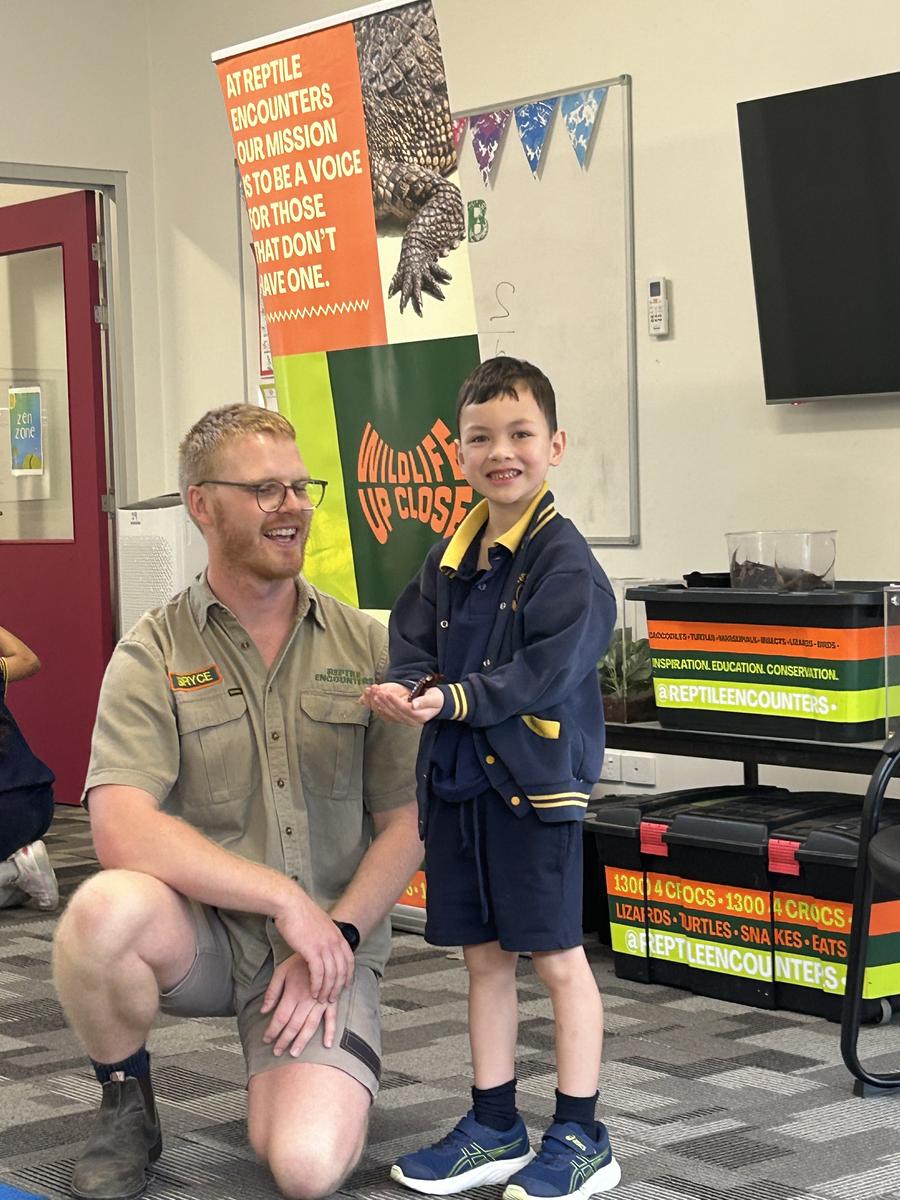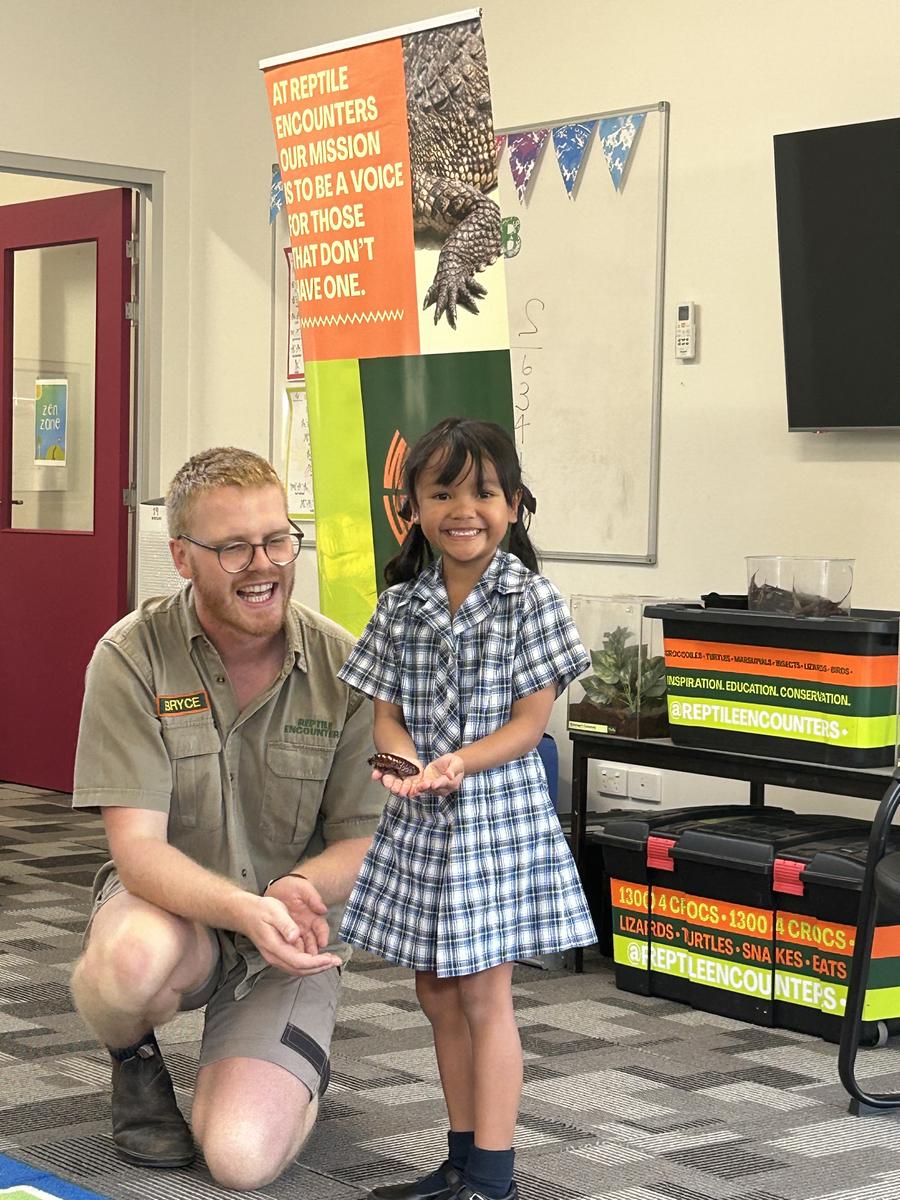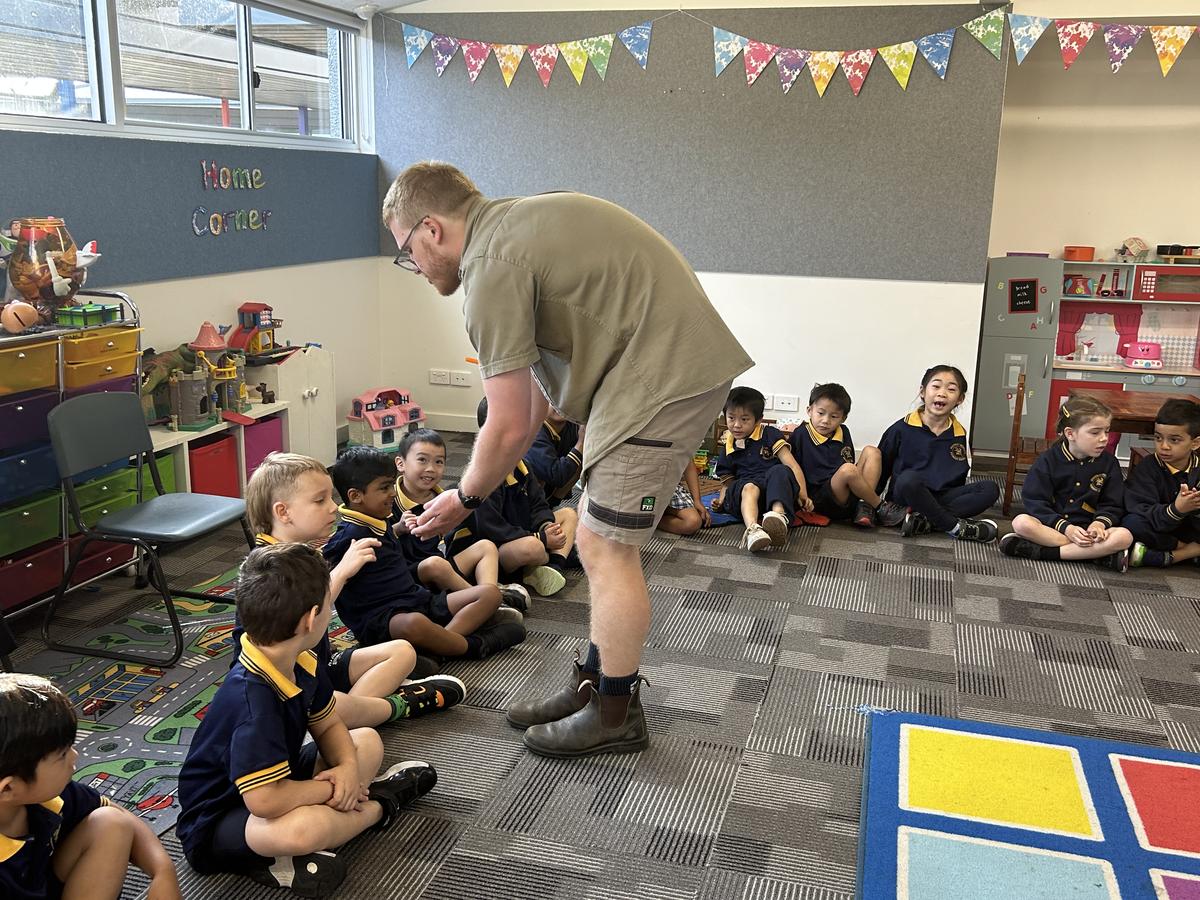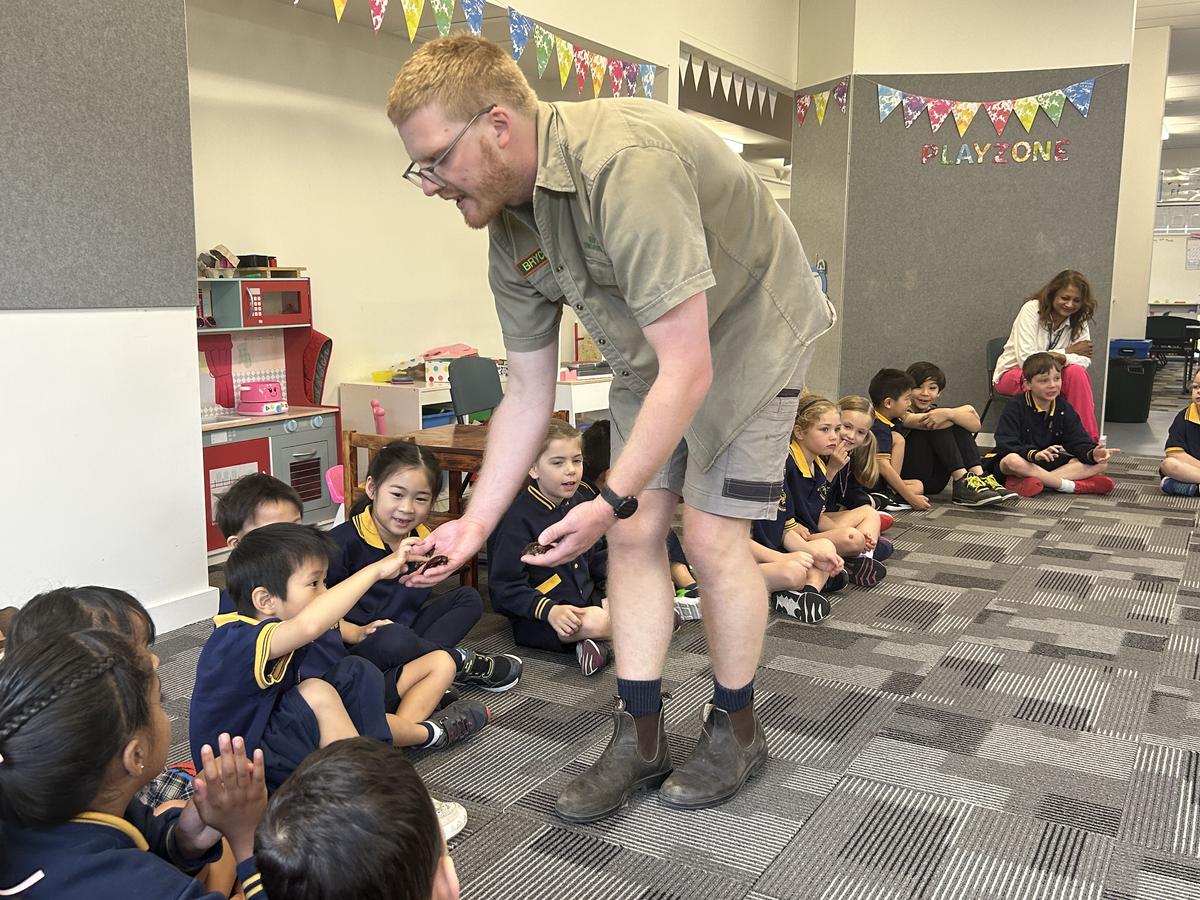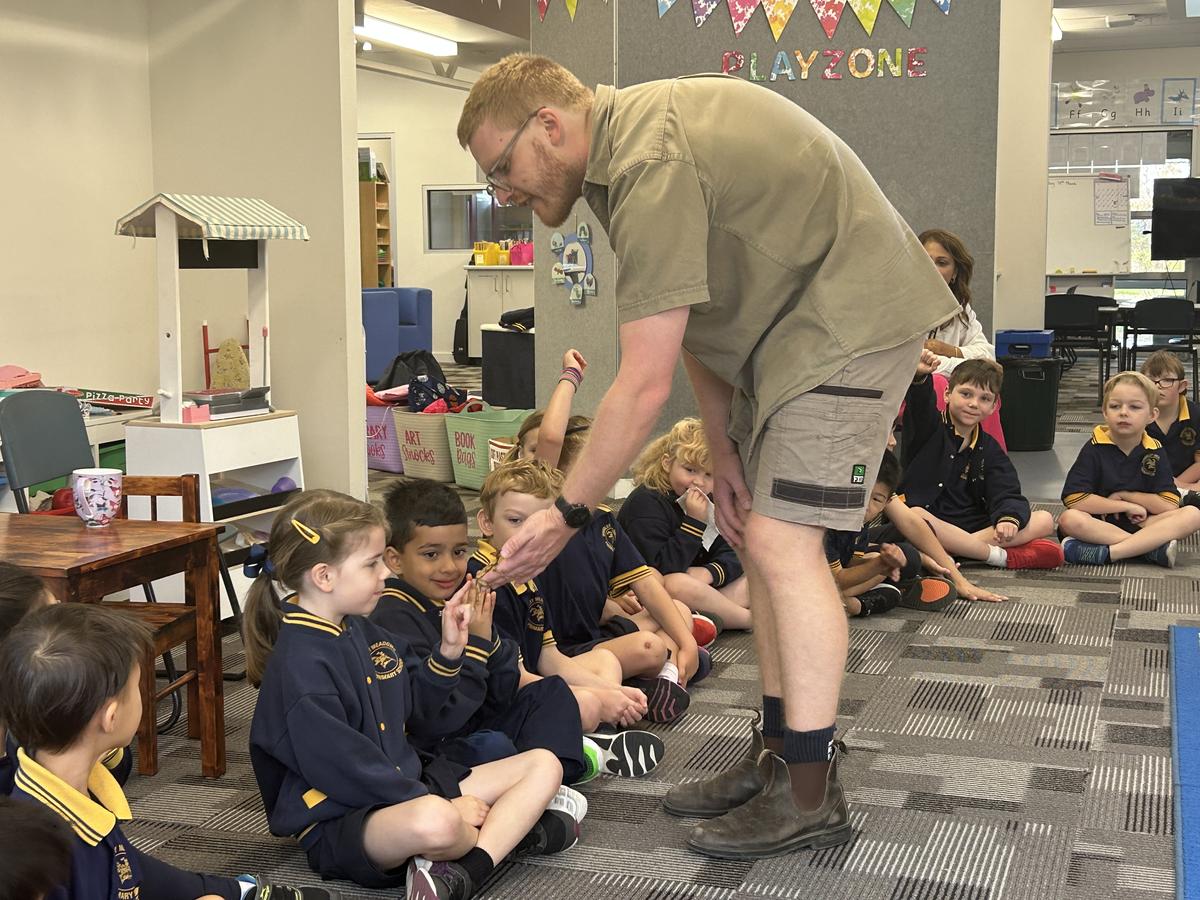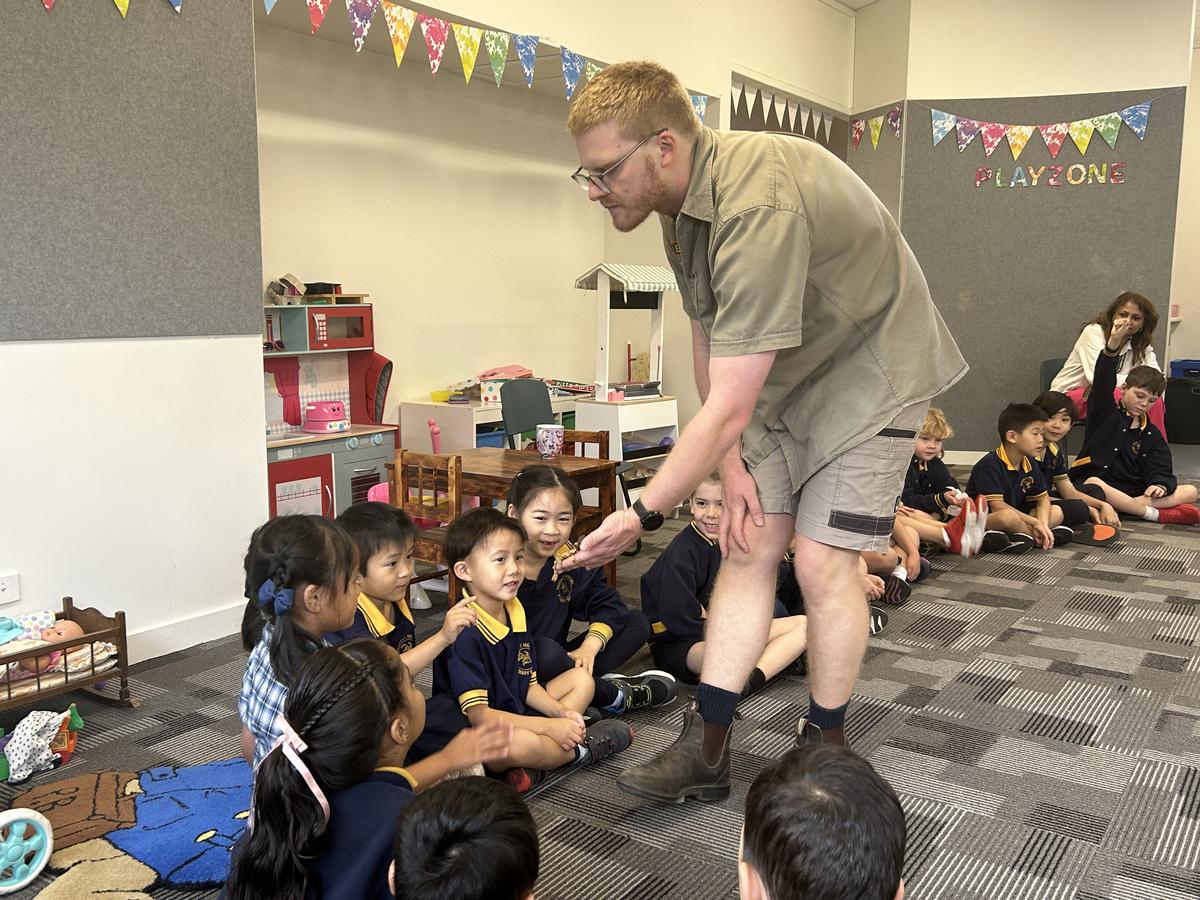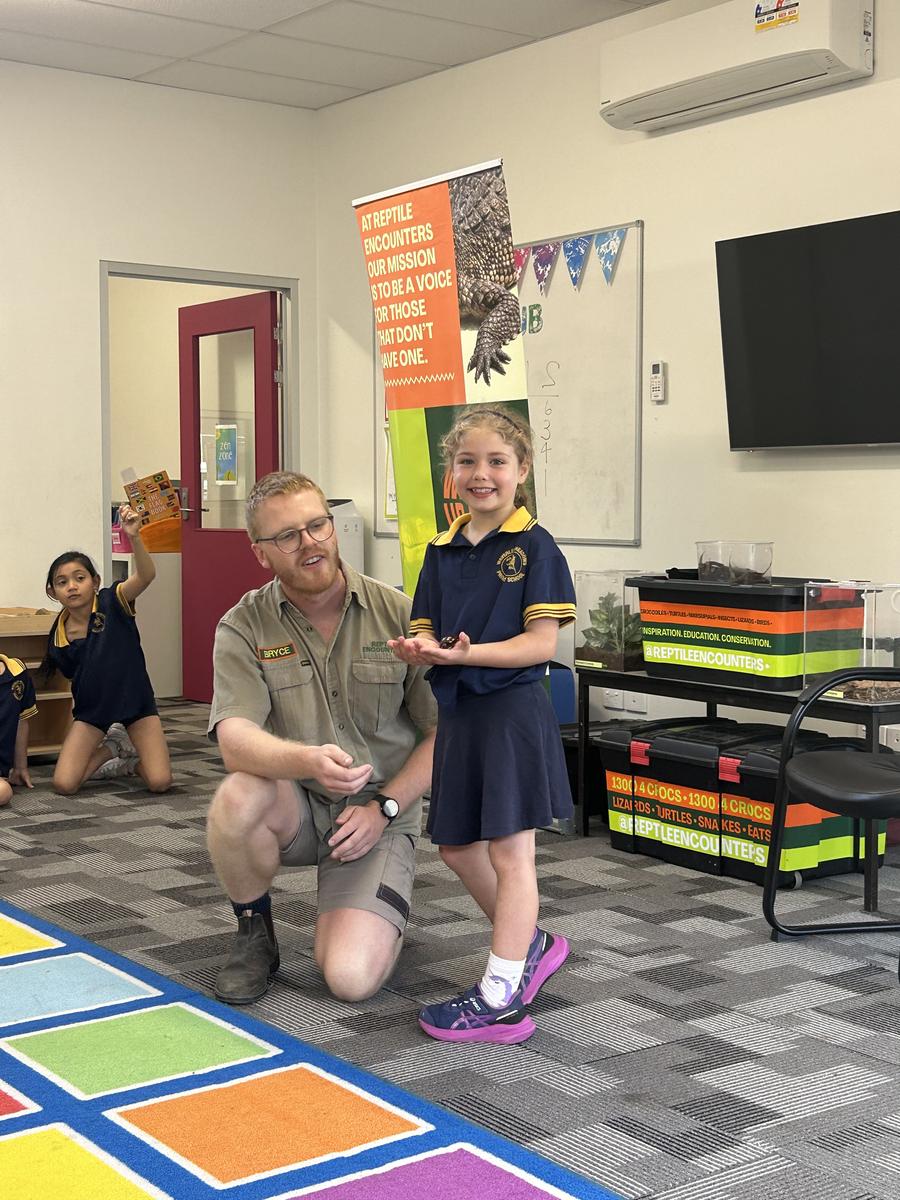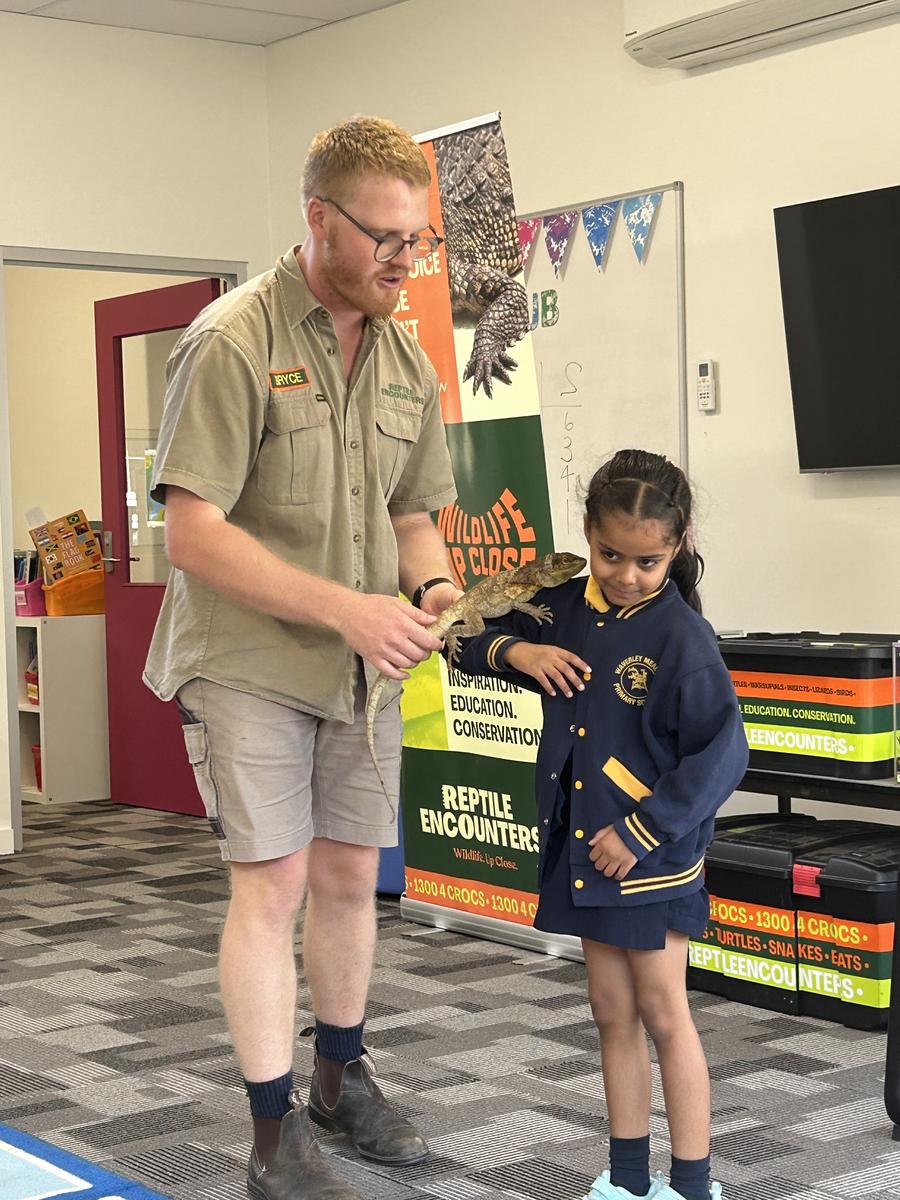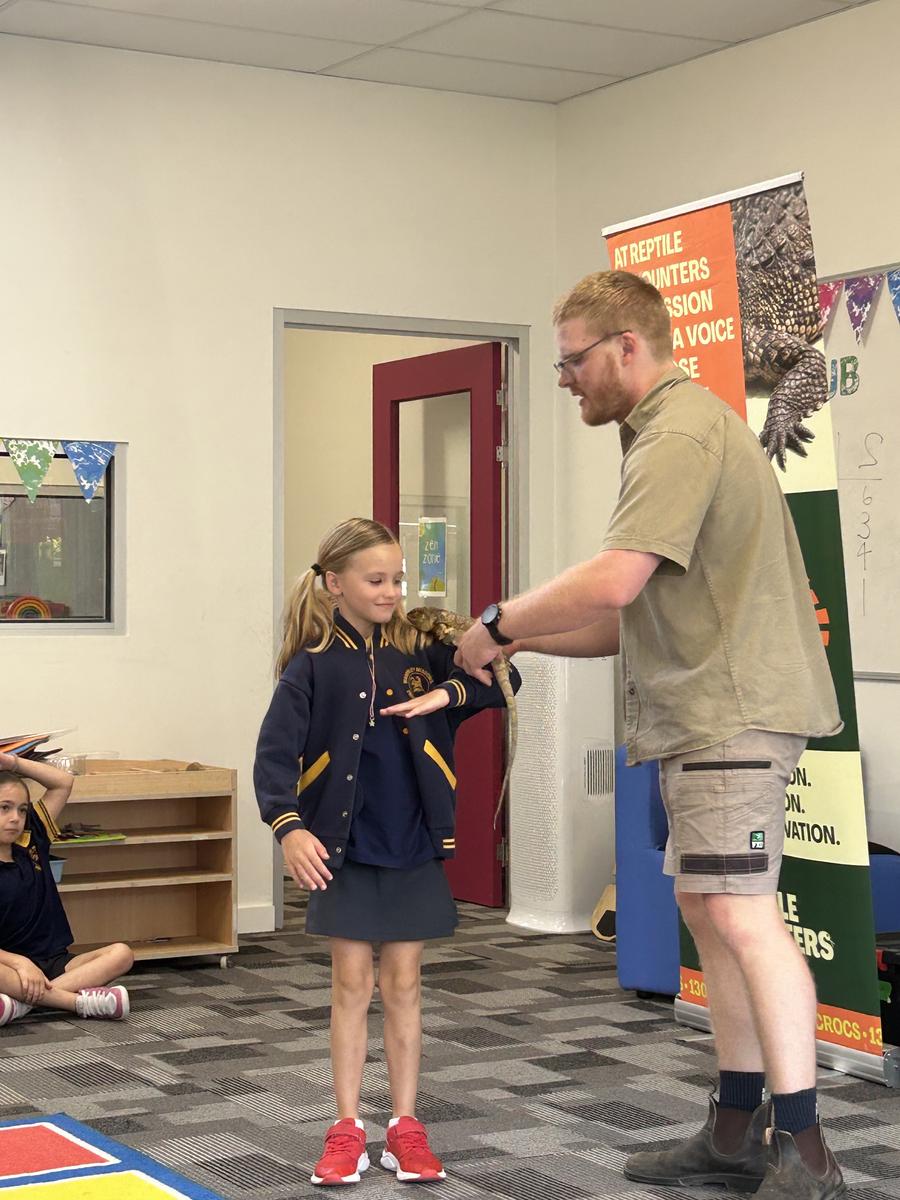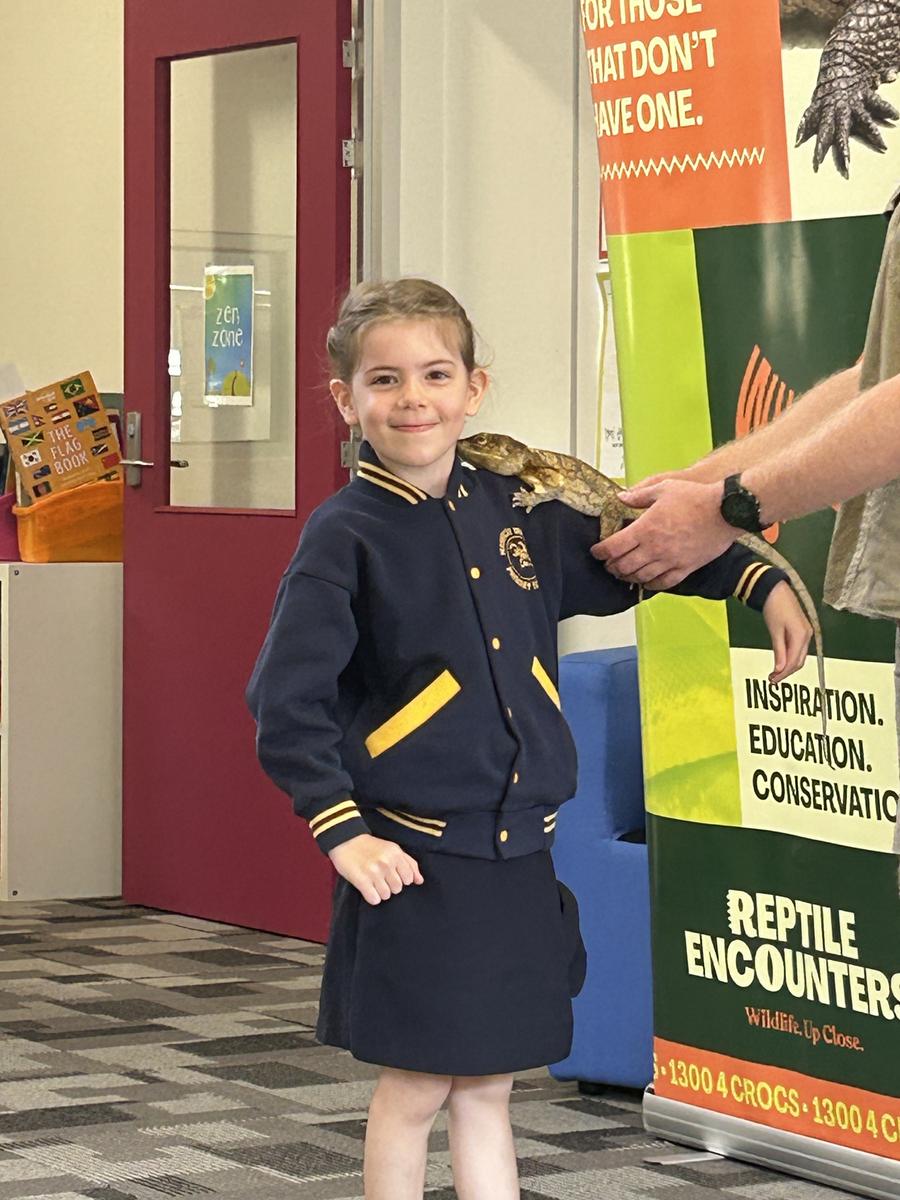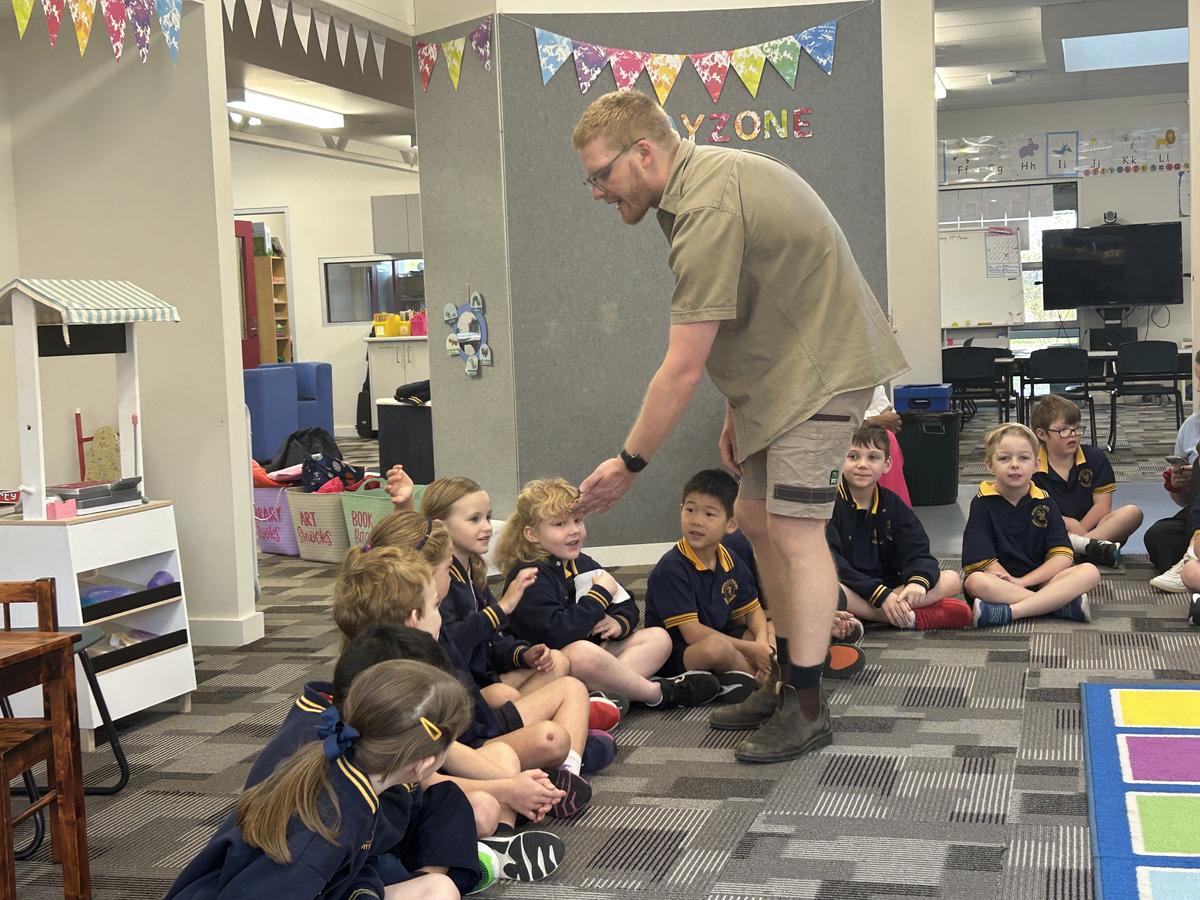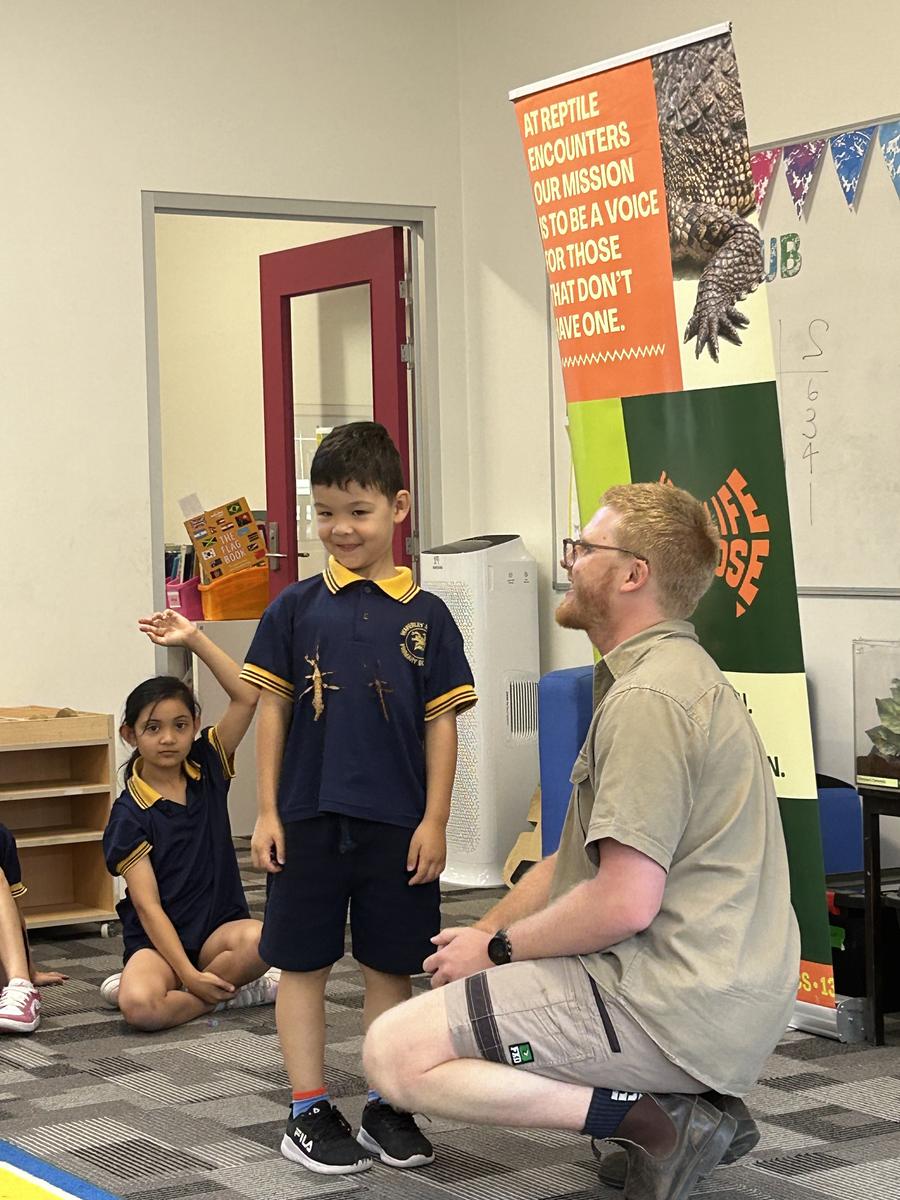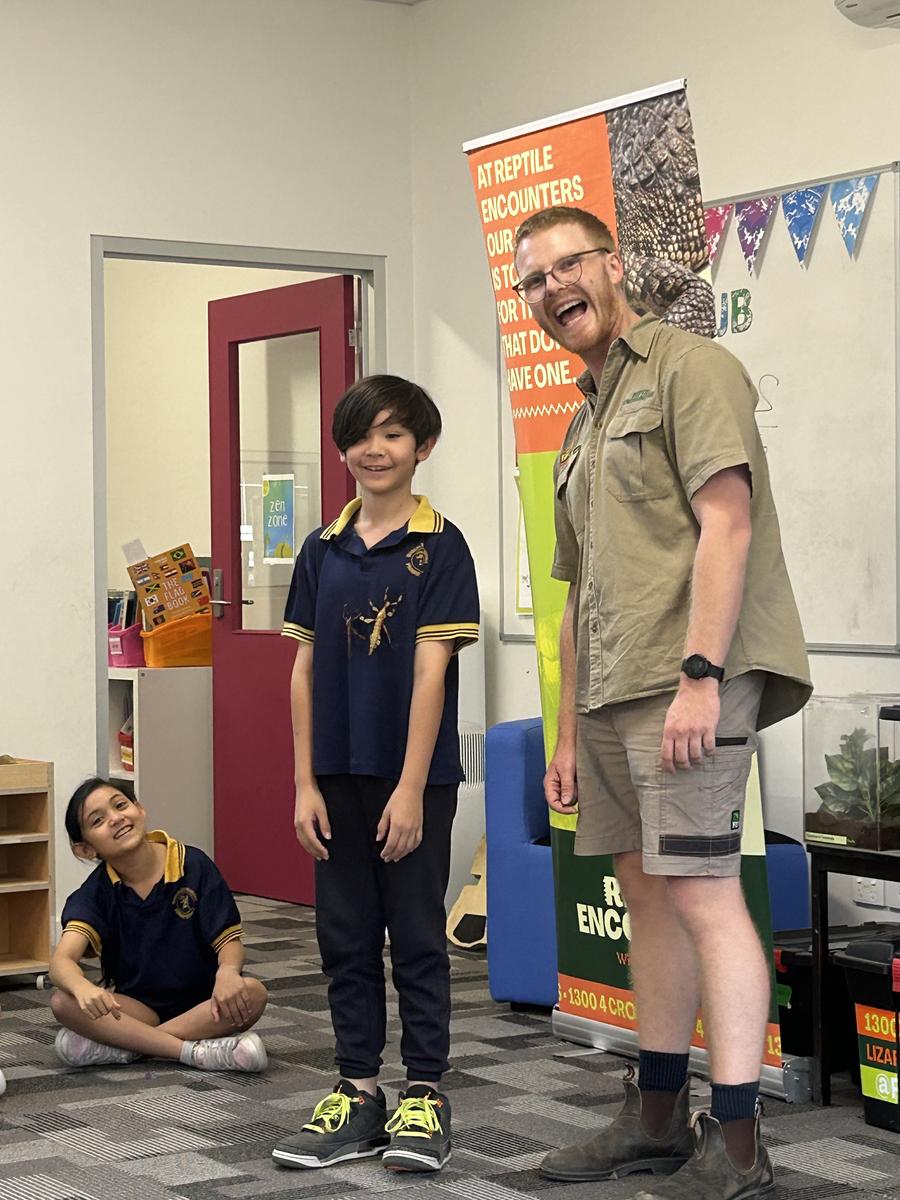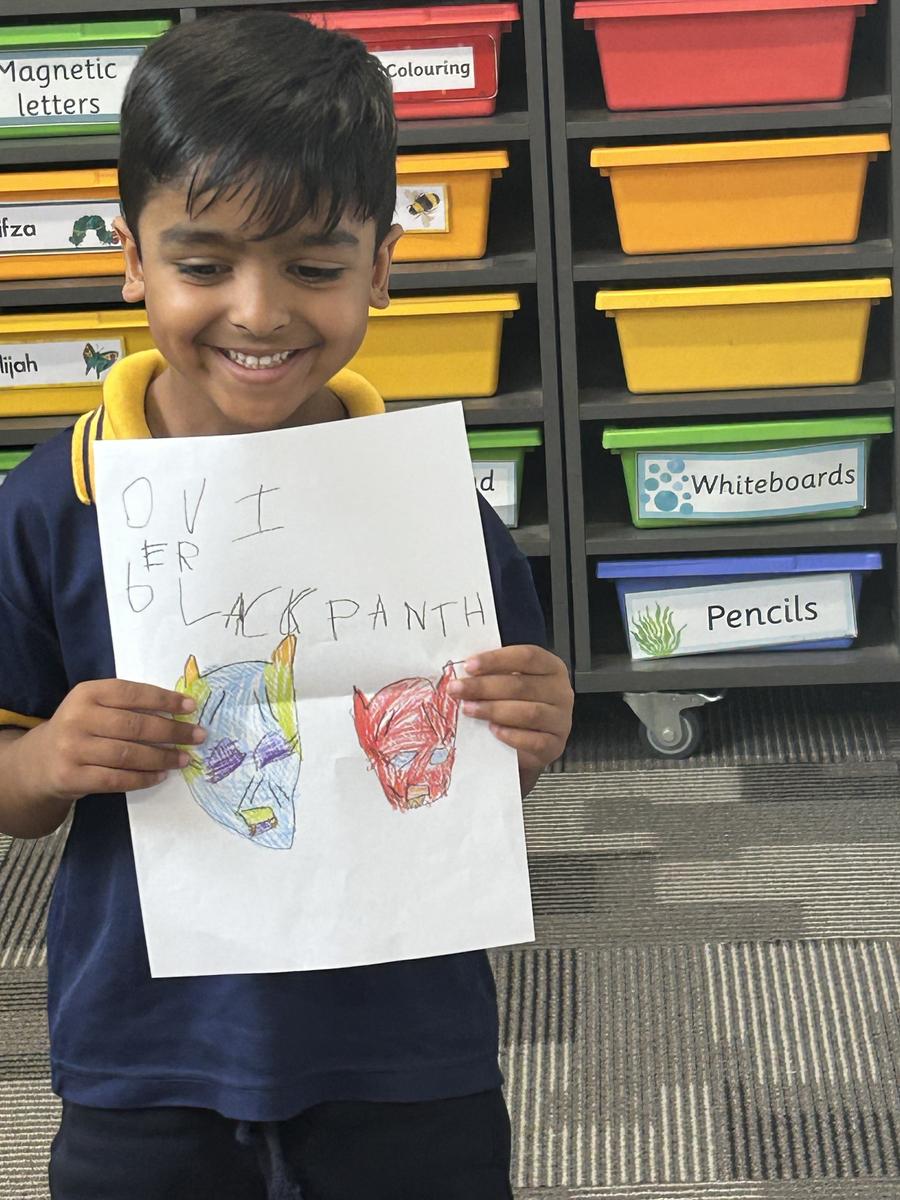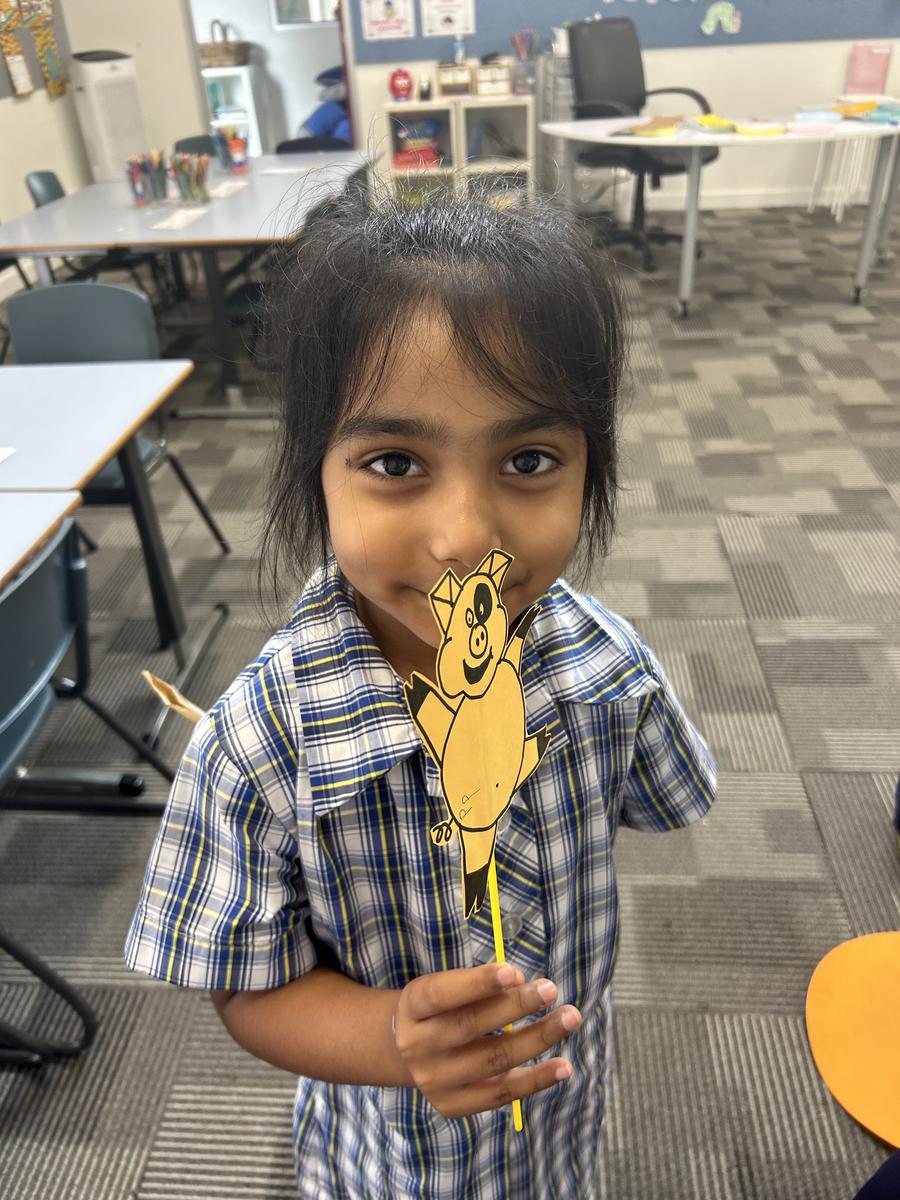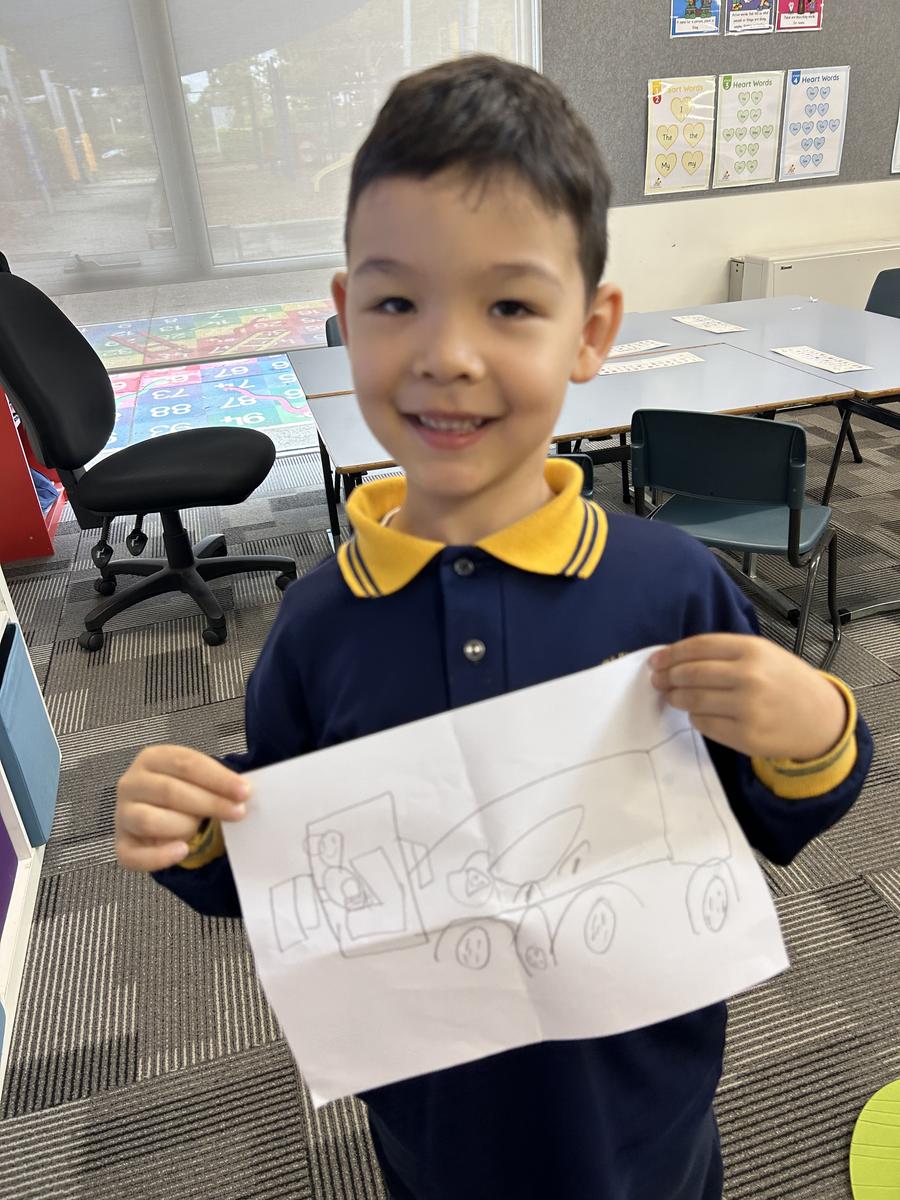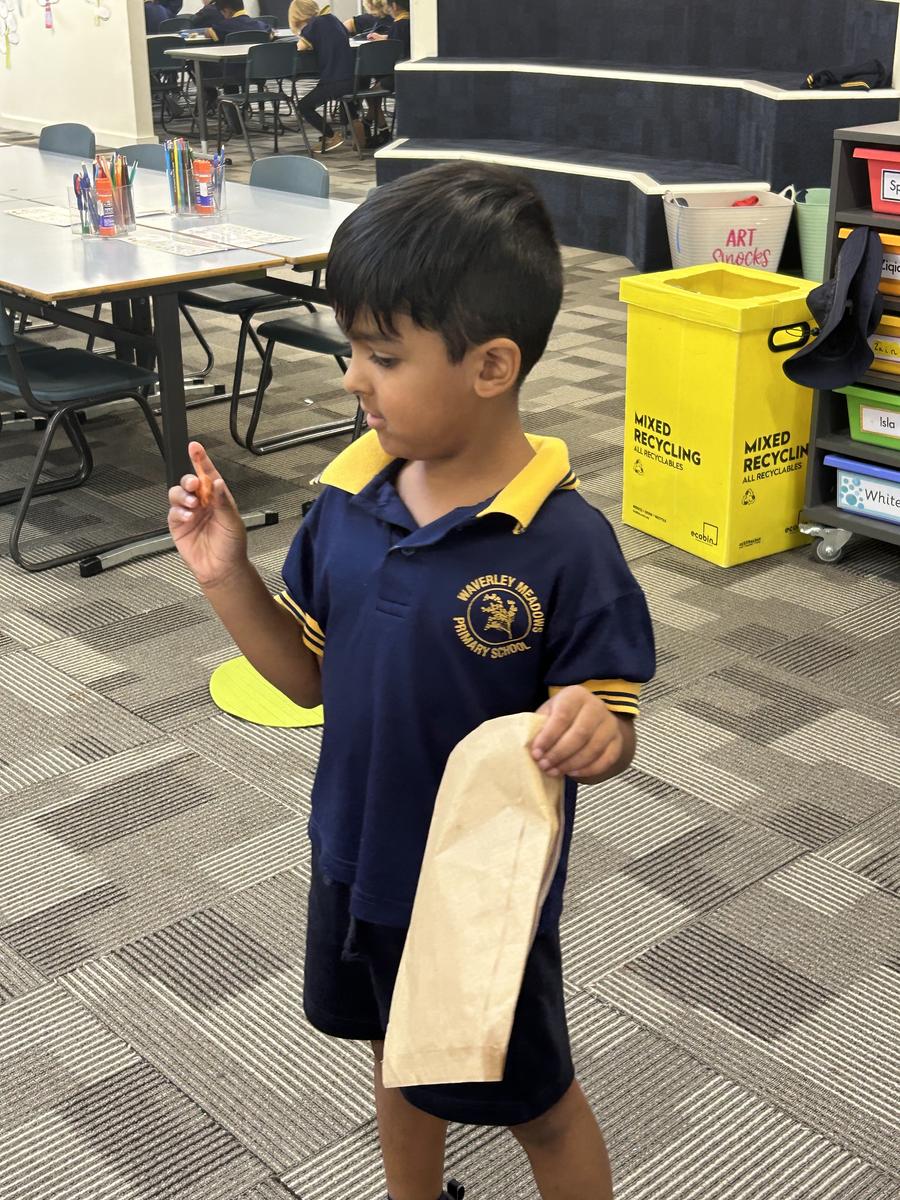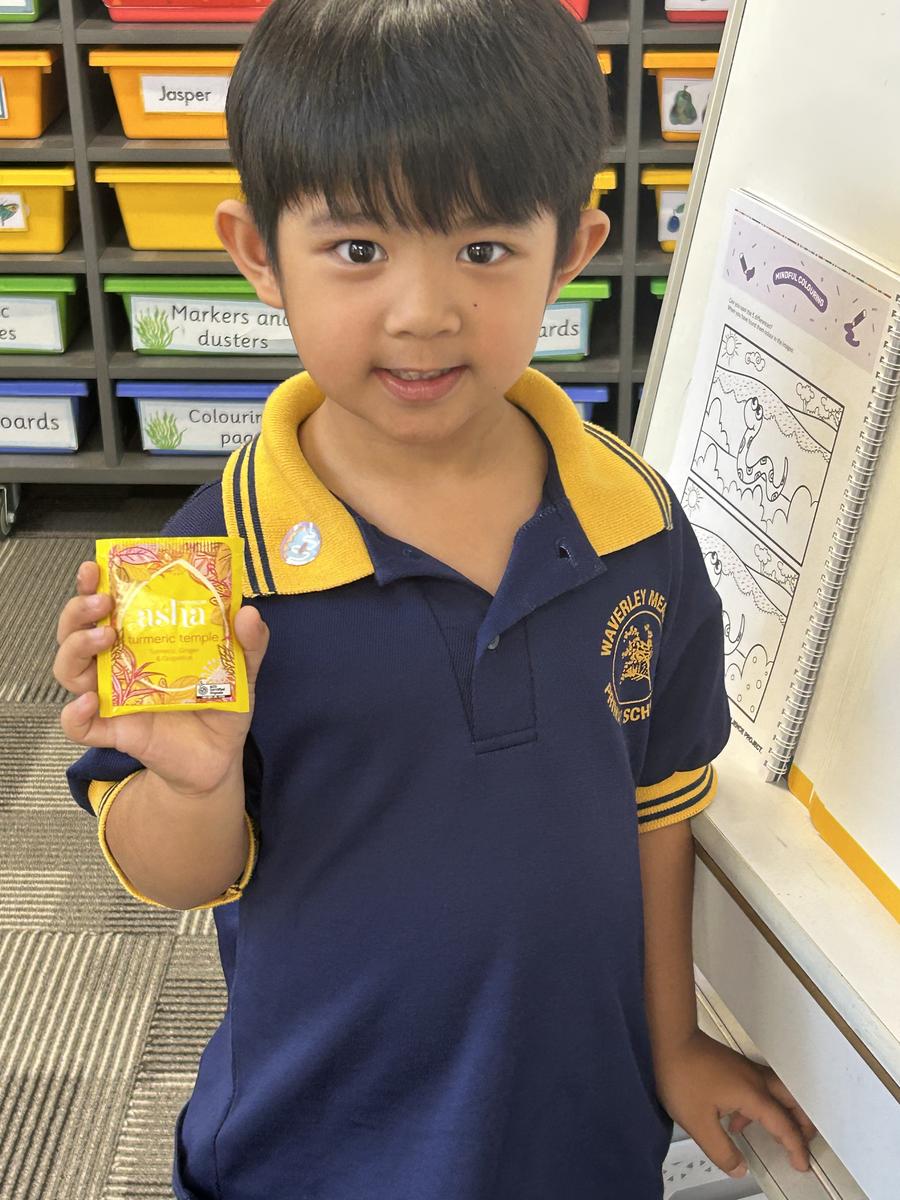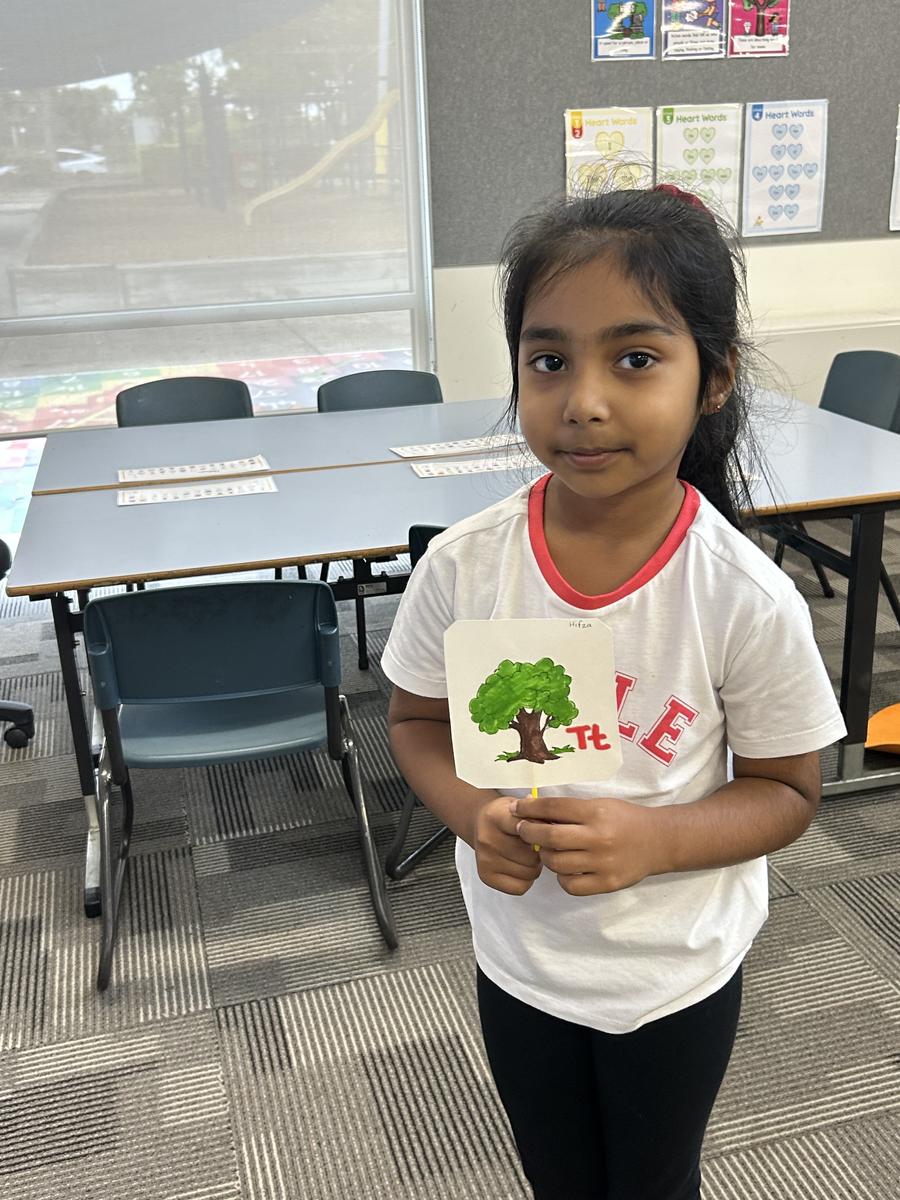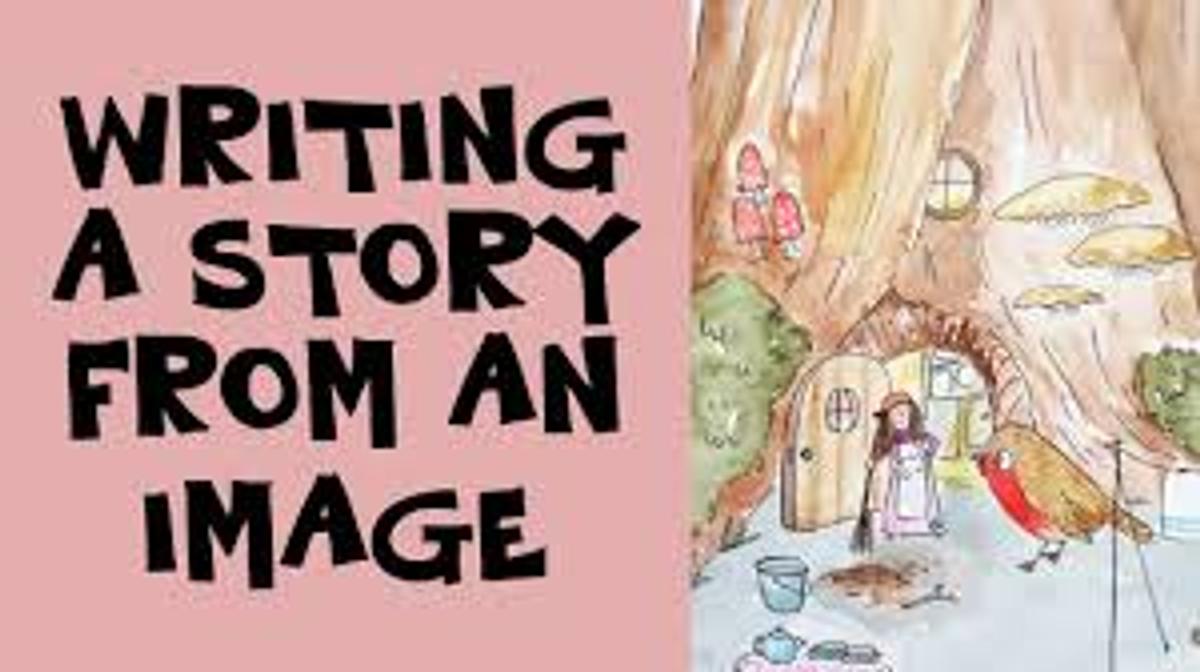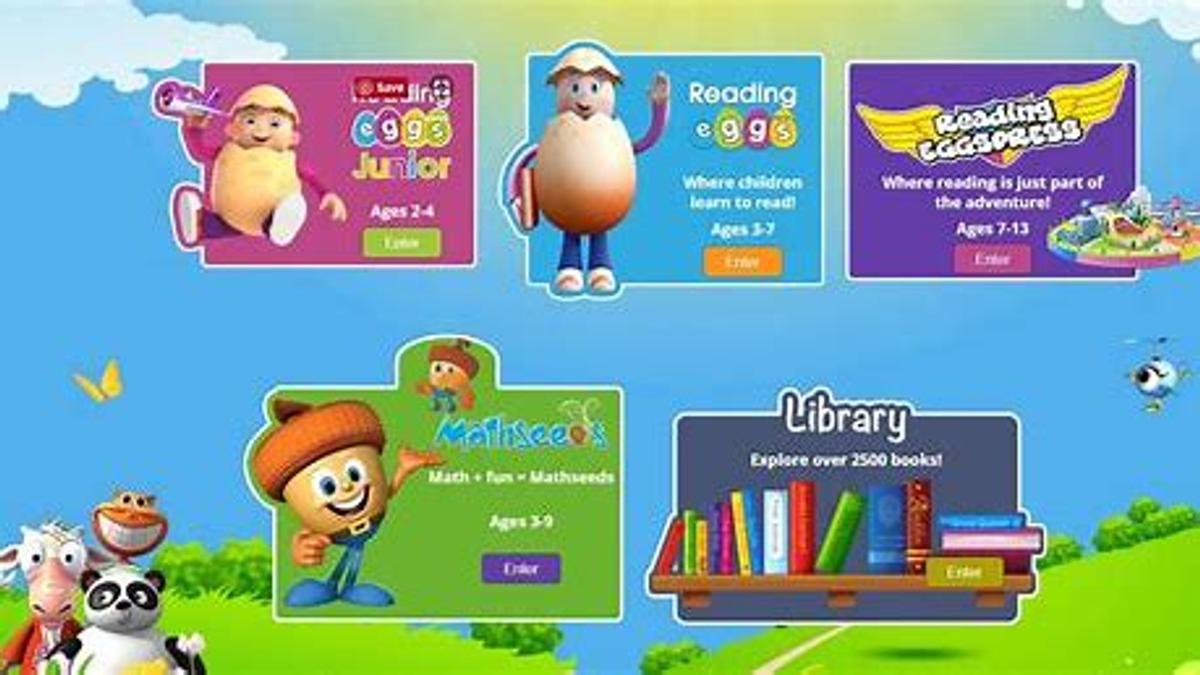Prep to Grade 2:

Colour Run Fundraiser
What a wonderful afternoon! The children should be very proud of their efforts.
Thank you to our amazing parent volunteers who made the colour run a success. Congratulations to the community for raising such an incredible amount for our school.
Reptile Encounters
Prep-2 students finished their Inquistive Minds unit in sensational style with a highly engaging incursion from Reptile Encounters. Everyone got to meet lizards, frogs, spiders, stick insects and even some scorpions.
If you are looking for a fun school holiday activity, Reptile Encounters is a great place to visit with your family. You can find more information at the following website: https://www.reptileencounters.com.au/ .
Harmony Day
Prep 1/A worked with their Year 5/6 buddies to celebrate Harmony Day.
Show and Share
Keep up the great work Preps!
Narrative Writing for Years 1 and 2: Encouraging Creativity and Storytelling
Narrative writing is a key part of learning to write in the early years, especially in Years 1 and 2. At this stage, children are just beginning to explore the world of storytelling, and narrative writing helps them develop their imagination, express their thoughts, and build their writing skills in a fun and creative way.
In Years 1 and 2, narrative writing focuses on helping children understand the basic structure of a story, which typically includes a beginning, middle, and end. Children start by learning how to create simple plots with clear events and characters.
Key Elements of Narrative Writing for Years 1 and 2:
Characters: Children are encouraged to create characters they can relate to, whether human, animal, or imaginary. They might be asked questions like, “Who is in your story? What do they look like? What do they want to do?”
Setting: The setting is where the story takes place. Kids are guided to think about where their characters are—such as a magical forest, a busy city, or a home—and how it fits into the events of the story.
Events: In narrative writing, children learn to organize events in a logical order. The story might start with a problem or challenge, followed by what happens as the characters try to solve it, and end with a solution or conclusion.
Feelings: Encouraging children to think about how their characters feel helps them understand emotions and adds depth to their stories. They might explore questions like, “How does your character feel when they face the problem?” or “How do they feel when they solve it?”
- Simple Sentences and Descriptions: At this stage, children are developing their vocabulary and sentence-writing skills. Teachers encourage them to use simple sentences and add descriptive words to make their stories more interesting, like using “big, furry dog” instead of just “dog.”
Reading Eggs and Maths Seeds
Students are encouraged to use Reading Eggs and Maths Seeds at home.
Mathseeds and Reading Eggs are both fantastic online educational platforms designed to help young learners develop essential skills in math and reading in a fun, interactive way. Here’s a quick guide on how you can practice using these tools:
Mathseeds
- Counting and Number Recognition:
- Start with fun counting activities that help kids recognize numbers and understand counting sequences.
- Use interactive games that ask children to identify numbers and match them with groups of objects.
- Simple Addition and Subtraction:
- Practice addition and subtraction by using engaging visuals and games, where children solve problems involving small numbers.
- Use "number bonds" to help understand how numbers fit together in addition and subtraction.
- Shapes and Patterns:
- Mathseeds introduces shapes and patterns through hands-on games. Practice identifying different shapes (like circles, squares, triangles) and creating patterns using colours and objects.
- Measurement and Comparison:
- Games that compare sizes, lengths, and weights can help kids understand basic measurement concepts.
Reading Eggs
- Phonics and Letter Recognition:
- Start by practicing letter sounds and names through interactive activities and songs.
- Use phonics games where children can match letters with sounds to form simple words.
- Sight Words and Vocabulary:
- Practice sight words (common words that children recognize by sight) through games and repetition. This helps kids with reading fluency.
- Reading Eggs also provides vocabulary-building exercises, which are great for expanding word knowledge.
- Reading Comprehension:
- Engage in interactive stories where children can listen to the narration and then answer questions about the story. This helps improve reading comprehension skills.
- Spelling and Writing:
- Use the spelling games to reinforce the words children are learning.
- Encourage them to practice writing letters and words by tracing or typing them in fun, interactive activities.
Both platforms offer structured lessons, rewards, and a sense of progress, which can help keep children motivated and excited about learning.
By using Mathseeds and Reading Eggs, you can make learning math and reading feel like an adventure—helping children develop the skills they need in a playful, engaging way!
Thank you
The children should be delighted with what they have achieved this term. Thank you to all the parents and guardians for working in partnership with the teachers.
We hope that you have a happy and safe holiday. It is strongly encouraged to visit the local library and continue work on Reading Eggs & Maths Seeds.
Looking forward to seeing you back at school on Tuesday 22nd April (due to Easter Monday).
Simone Gianarelli and Jess West
